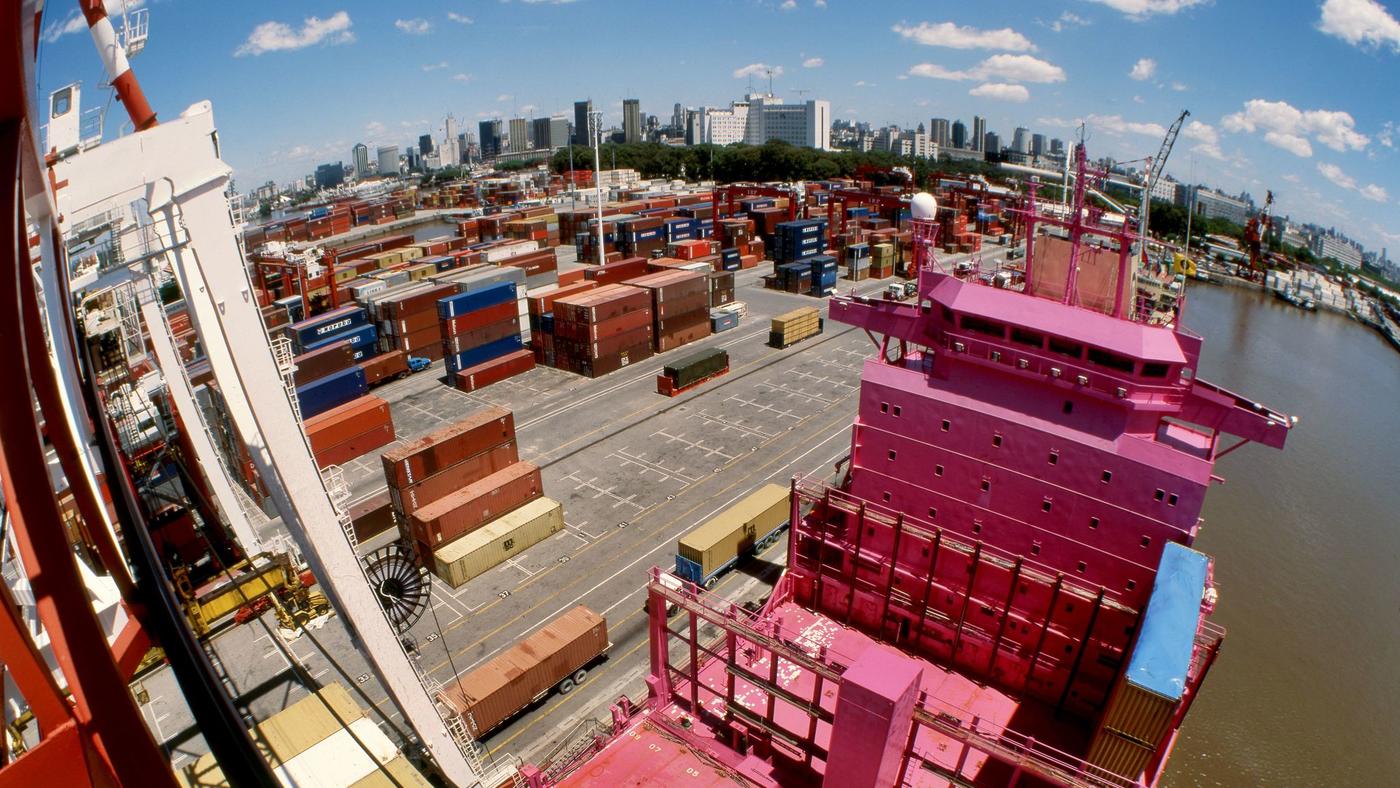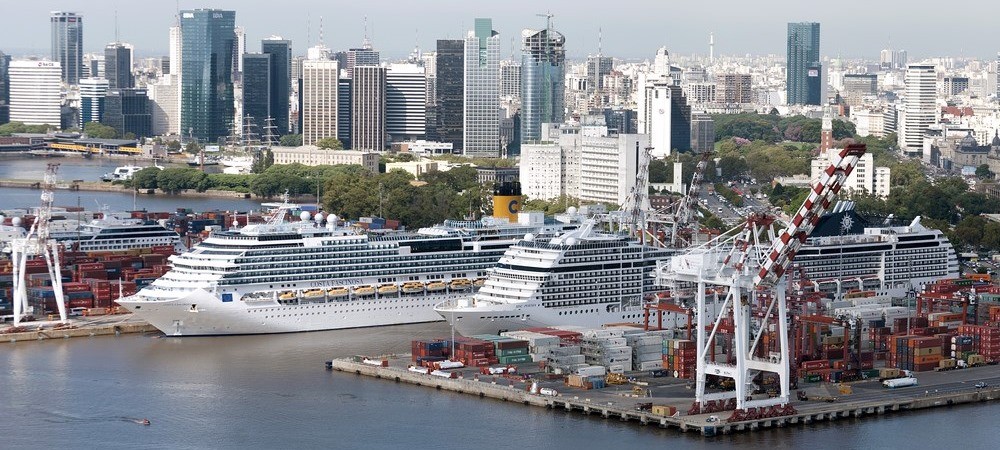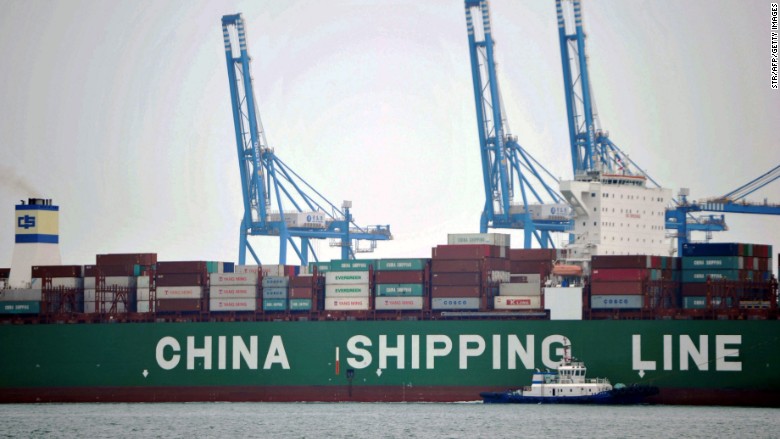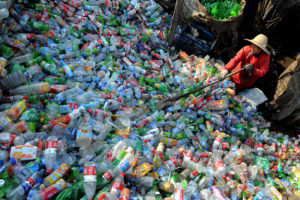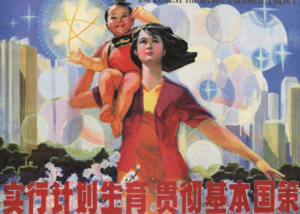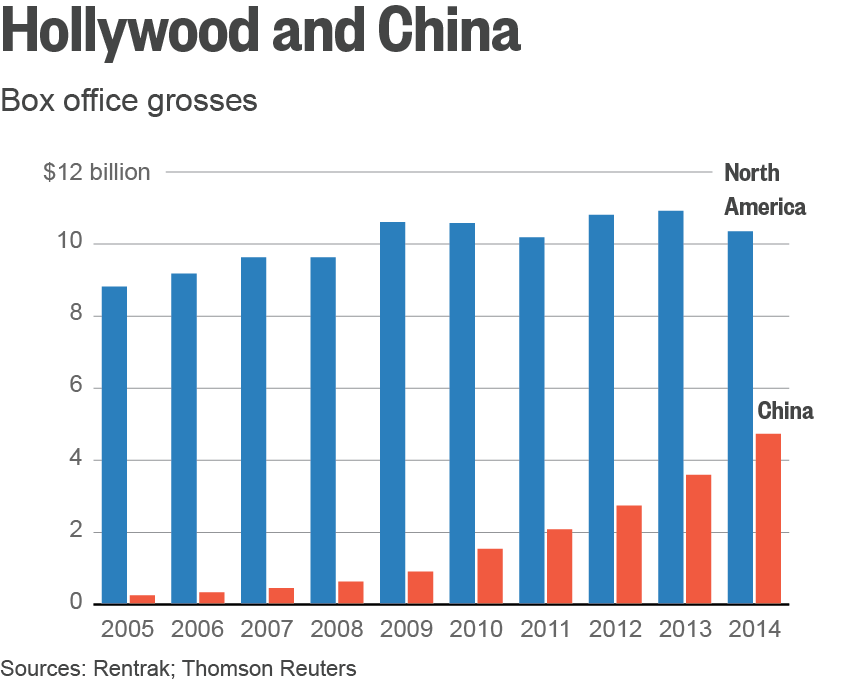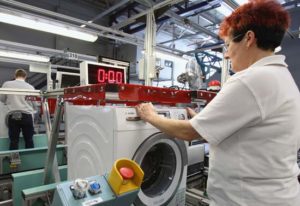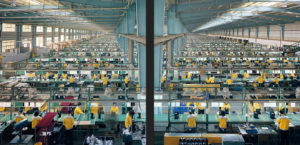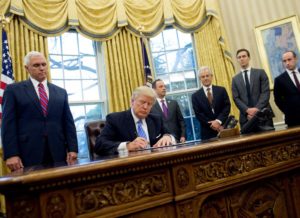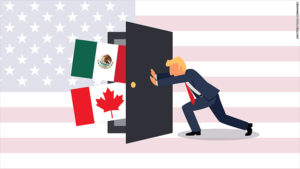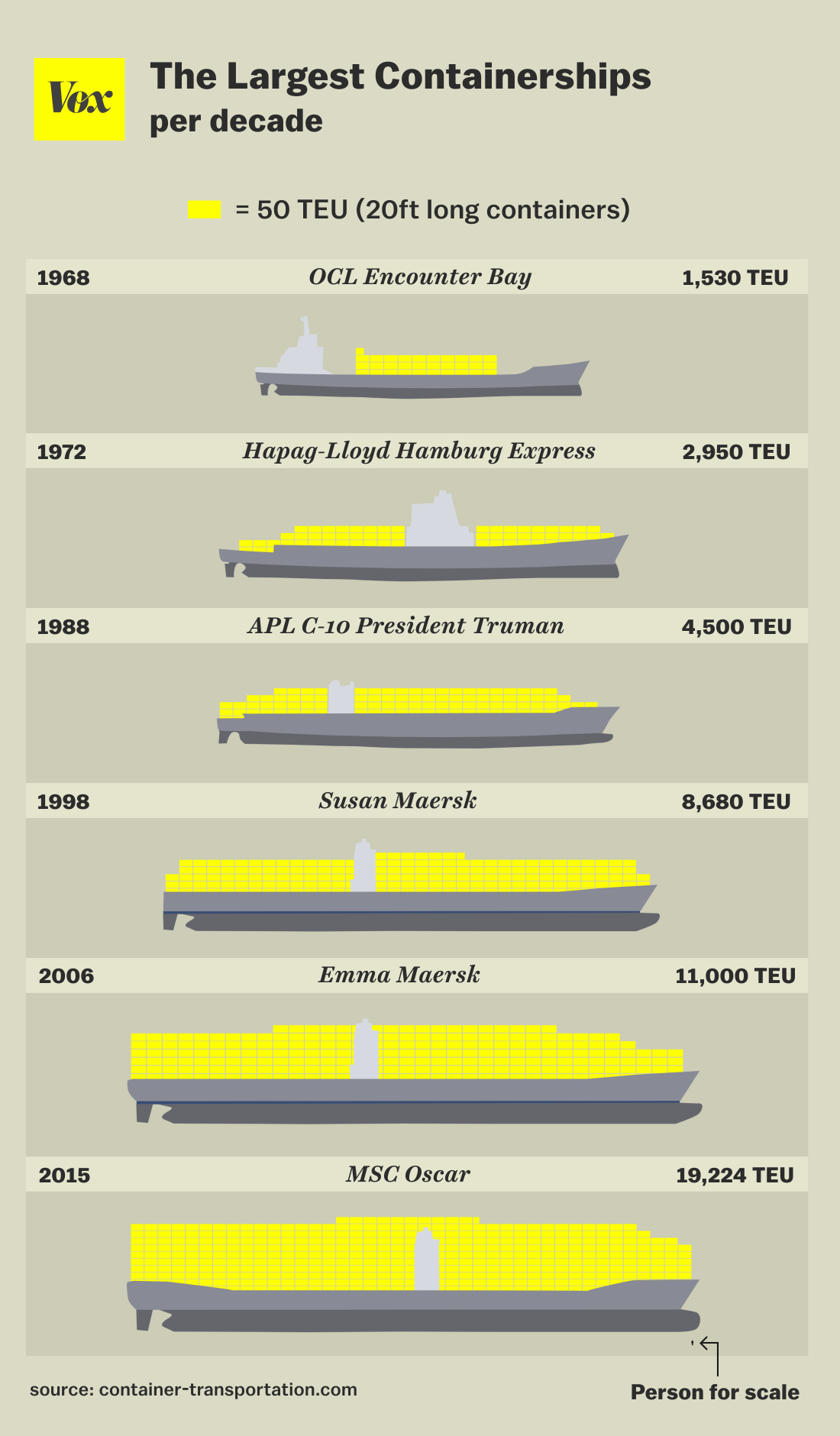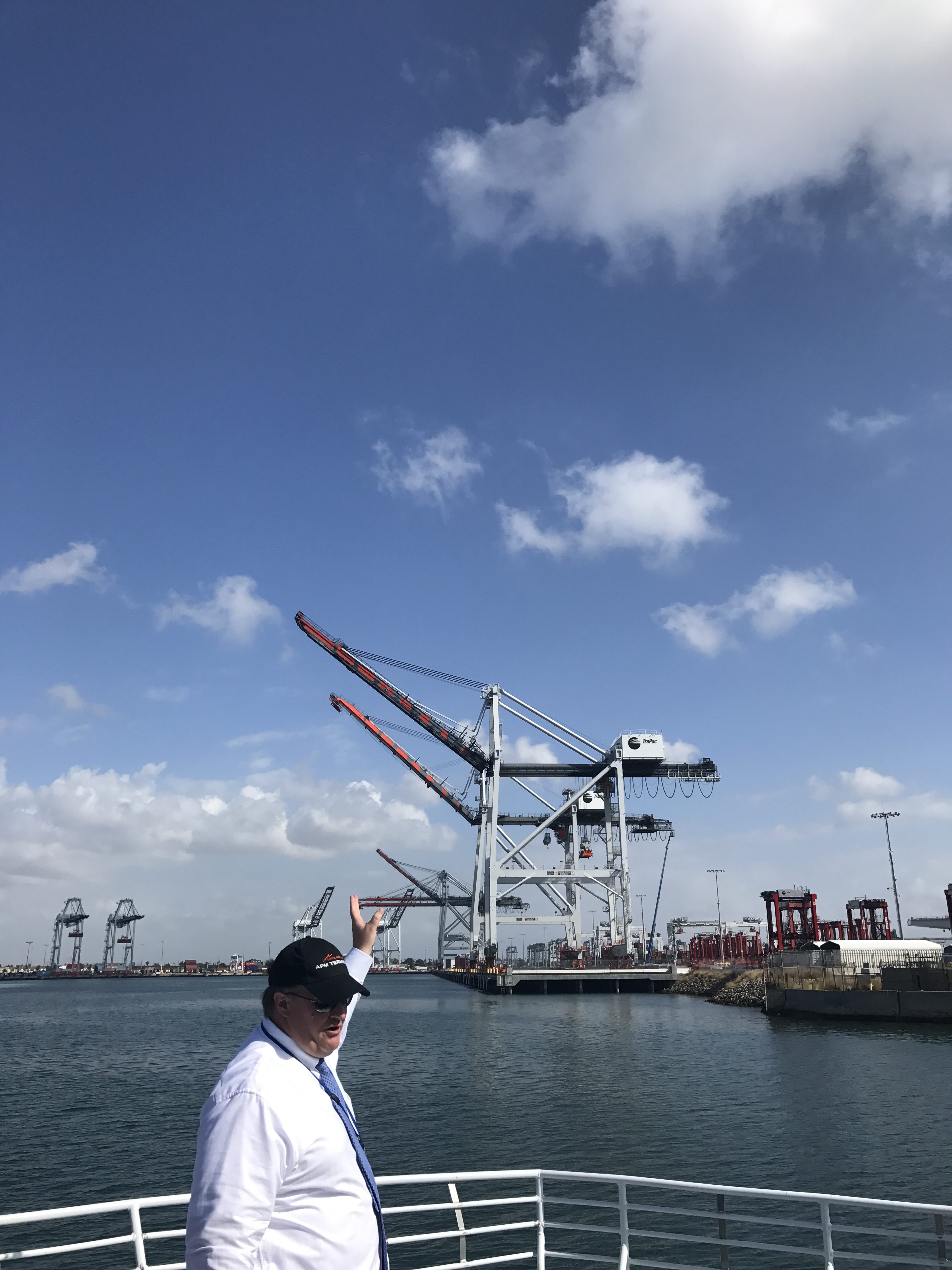Ports are obviously a very important aspect of trade. Having large ports in big trade cities makes the process of importing and exporting a whole lot easier. Since ports are a big factor in economic value, they have become increasingly important. So important, in fact, that the main port in Buenos Aires, Argentina just got cleared for a revamping project of $200 million dollars to help improve the conditions, size, and value of the port.
Source: Los Angeles Times
Because the port of Buenos Aires is in a heavily populated area, they continue to receive more and more trade imports to keep up with their economy. This revamping project will not only allow Argentina’s ships to get access to more trade countries, but also increase capital during cruise season. A win win situation. That being said, they are using a lot of their revamping money to turn their port into an experience for consumers. They are now offering a variety of services including but not limited to transportation services and restaurants (there are no further details on what these services will do besides cater to cruise ship goers). Argentina is utilizing their port in a really strategic and effective way so that they can garner more trade access as well as appeal to tourists coming in and out during cruise season.
Soure: http://www.cruisemapper.com/ports/buenos-aires-port-103
A big part of the improvement plan, according to Gonzalo Mórtola, the head of the General Ports Administration (AGP), “is to make ports self-financing so that the state no longer has to provide any money for them” (portstrategy.com) The way he will do that, however, is still not announced to the public.
Before the improvement plan was announced, Argentina was already known for having a very strong port system. It is one of the strongest port contenders in Latin America and the Caribbean. In fact, in 2013 it joined the Green Awards ports program: “The Green Award is well-known in the maritime world for its reputable certification of ships that apply the best practices and exceed the industry statutory regulations in terms of safety, quality and environmental stewardship.” Argentina earned the first Green Award port in South America, and continues to ensure that they effectively maintain their Green Award efforts. Because they are a part of this, they receive a 10% discount on vessel dues for their Green Award ships. For Argentina, and Buenos Aires especially, this a big feat considering that where the port is located is a very metropolitan area. The port is putting forth its best efforts to maintain the greater good of the population within that area, and the country as a whole, and ensuring a clever and strong revamp in order to gain more global capital.
With the improvement plan set in place it will be interesting to see what this does for Argentina’s economy. In fact, seeing as European trade and Latin American trade don’t even compete, they should consider banning together and coming up with ways to innovate and ensure the utmost efficient level of import and export trade. After all, with the approval of a plan such as this, Argentina should get all the advice it can get to ensure it makes the right moves and builds out the right strategies.
http://www.latimes.com/travel/cruises/la-tr-cruises-argentina-port-improvements-20171029-story.html
http://www.portstrategy.com/news101/world/south-america/all-change-for-buenos-aires
http://www.greenaward.org/greenaward/703-buenos-aires-is-the-first-green-award-port-in-south-america.html
